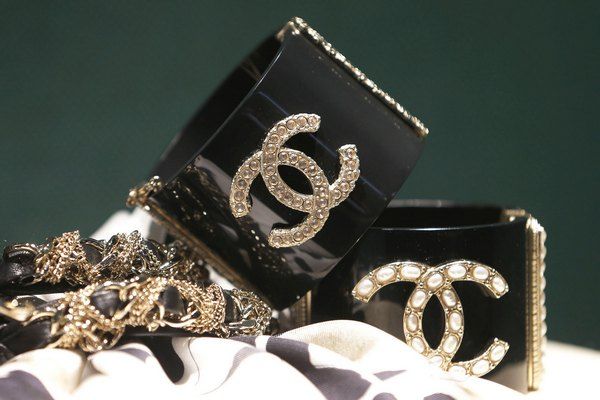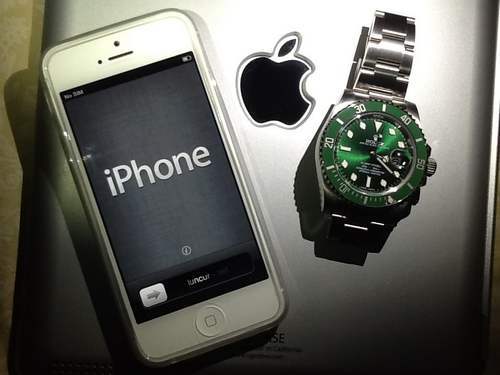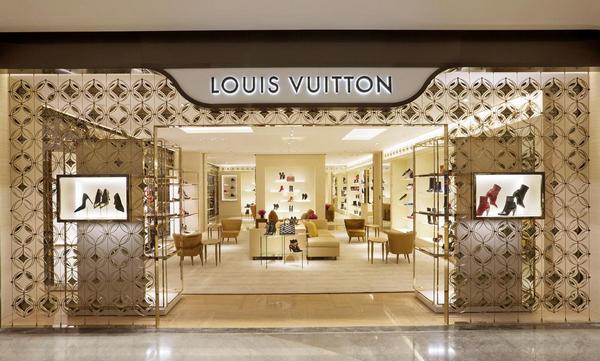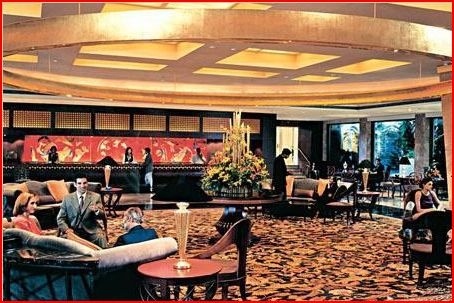There are various types of products in the market running on various marketing strategies. Some of them are penetrative, trying to defeat the competition on the basis of price. Others are competitive, which are taking on the competition by maintaining the same pricing and quality as them. Yet others are premium in nature, trying to outdo competition with their premium image with pricing slightly higher then competition.
And above them all is the Luxury brand. The luxury brand is untouched by competition. It is at a position where the normal market place competition does not exist and people do not haggle for price. Naturally, if you want to reach such a position, you have to you use tactics which are far beyond normal. Hence we present you with 10 tips and tactics of marketing a luxury brand.
Table of Contents
1) Ultra Premium pricing with very few discounts
A mark of a luxury brand is its ultra premium pricing and its matching quality. But another mark is that you will hardly every see the word “Discount” and “Luxury brand” together in one place. It happens rarely, and that too either for causes of charity or during the festive seasons. In general, a luxury brand wants to give an aura that it is always in demand and it does not need to lessen its prices to sell itself.
2) Marketing communications
To maintain ultra premium prices, the quality and the promise of quality needs to be exemplary. For the marketing of a luxury brand, the communications need to be spot on. You need to make people understand WHY the brand is a luxury product. What is it that makes the brand different? Off course, generally a brand which has already become a luxury product will have a heritage backing it up.
But a new brand in the market which wants to show itself as a luxury product has to have remarkable marketing communications. It needs to have complete confidence on its own products and it needs to use social factors to increase the brand value, so that the consumers purchase the brand as a status symbol. Thus, the marketing of a luxury brand depends a lot on the way the brand values are being communicated to the customers.
3) Selective distribution
There are very very few distributors or brands like Chanel and Hermes. The reason is that these brands are very selective with regards to their distribution channel. The distributor needs to know that ROI will take its time because the investment in building a beautiful store is huge and this store will bring in the luxury customers over a period of time.
The ROI will surely come but it will not come running like a mass product. Furthermore, the brand has to ensure there is no pricing problem in the distribution channel and that quality of the outlets as well & the customer relations in these outlets are maintained. This cannot happen if the brand plans on expanding too fast or runs itself too thin.
4) Define competition broadly –
A luxury brand has broad competition and it might not be from their own category itself. Example – Instead of buying a Rolex, the customer can decide on buying the latest Iphone for themselves. So this is an indirect competition which Rolex did not consider. A direct competition will be customers buying the Iwatch instead of buying Rolex. So it is not necessary that the competition will be from within the industry.
Nonetheless, there are few things that you can do against indirect competition. But keeping indirect competition in mind, Luxury brands need to entice customers accordingly. Rolex keeps advertising itself as a status symbol, a symbol which Iphone has lost because it has become too common in the market since its inception. Iphone cannot be compared at the same level as Rolex when it comes to luxury product. Thus, with this concept in mind, you have to define competition broadly and you cannot define it within the industry only.
5) Brand architecture must be well defined
One of the brands which comes in mind for its fantastic brand architecture is Volkswagen, which also includes the world’s top 10 luxury automobile – Porsche. Besides Porcsche, Volkswagen also has ultra premium cars like Bentley as well as luxury sports car like Lamborghini. All the brands stand separate from each other and none of them influence each other.
The brand architeture of a luxury good plays an important role because the brand image of the goods are paramount. In the recent Volkswagen emission scandal, Porsche or Lamborghini or Bentley were hardly affected. They were different brands altogether although they originated from the same company. But there was no backlash. Thus, the brand architecture was spot on.
6) Using intangible elements
There are many intangible elements to building a luxury brand even though you are selling products. One of the most intangible element is the store layout and the way customers walk in, view the product and make their choices. The store exterior is also designed keeping the customer in mind and it has to have an intrinsic connection with the underlying values of the brand.
So you will always see a Louis Vuitton store have an ultra modern look, a Lamborghini store will be ultra spacious and clean with just the Lamborghini as the centre of attention, a Chanel store will be a combination of white and black keeping in line with the brand colours, so on and so forth. The store interiors will be posh and comfortable, lighting will be fantastic and rich, air conditioning will be comfortable so that the customers can sit for hours without discomfort. Attention is given to such minute details so that intangibly, it contributes to the building of a luxury brand and helps in the consumers decision making.
7) Providing an experience
Continuing with the above example of using intangible elements, another important factor is providing an element. I read this on an online forum and i would like to share this with you. A US couple with their kids had booked their stay at the Taj in Mumbai, India. The kids were jet lagged from the flight and the little one was cranky.
When the couple reached the hotel, they were taken straight to their hotel room and asked to check in later. Why? The driver had called ahead saying that the kids are cranky and the guests are tired. So see if you can do something. And the hotel staff went ahead and instead of making the guests wait further for check in, they prepared the room and asked them to check in later.
This was naturally an experience for the couple and they shared it in an online forum. If this simple experience, drives even 3 more customers to the Taj, isn’t that a good ROI for them? And besides thinking in monetary terms, will this couple not prefer the Taj whenever they visit back? Providing a positive experience helps the customer to choose your brand over and over again. It is up to you how to provide such an experience to the customer.
8) Optimising the process
One of the trademarks of business is that keeps changing and evolving at all times. Naturally, with a change in technology and a change in customers mindset, you have to change the process and keep updating it. Luxury brands are at the helm of starting new processes and bringing in new technology. Customer research is of paramount importance when you are heading the marketing program of a luxury brand.
Some ways that you can optimise the processes are
- Ensure quality productions and consistency all across
- Ensure a pleasurable purchase or usage of the product or service
- Give fantastic after sales service and use it as a tool to develop your products and service better.
9) Controlling the brand image at all times
Once the luxury image of a brand is established, and an equally important factor is controlling the brand image over a period of time. Bad experiences are bound to happen as no one can promise driving 100% positive experiences for their customers. How you handle these bad experiences of your customers, and how you convert these experiences into positive ones show the quality of your brand.
The better you are at maintaining your brand image, the faster your brand equity will grow as a luxury brand.
10) Legally protecting trademarks and fighting counterfeits
A major problem for all luxury brands across the globe & especially fashion brands which are easily reproduced is that there are numerous trademark infringements and counterfeits present in the market. Generally, if you allow such people to get away with it, the problem will only increase.
As a result, there is almost a mandatory requirement that you have a full-time legal team or a counsel which is fighting trademark infringement and the likes of such so that you keep your brand safe and don’t dilute your brand equity. If every tom dick and harry was carrying a Louis Vuitton counterfeit product in the United states, what would be the value of the original? Far less than it currently is!!
Here is a video by Marketing91 on Tactics of Marketing.
Liked this post? Check out the complete series on Branding



